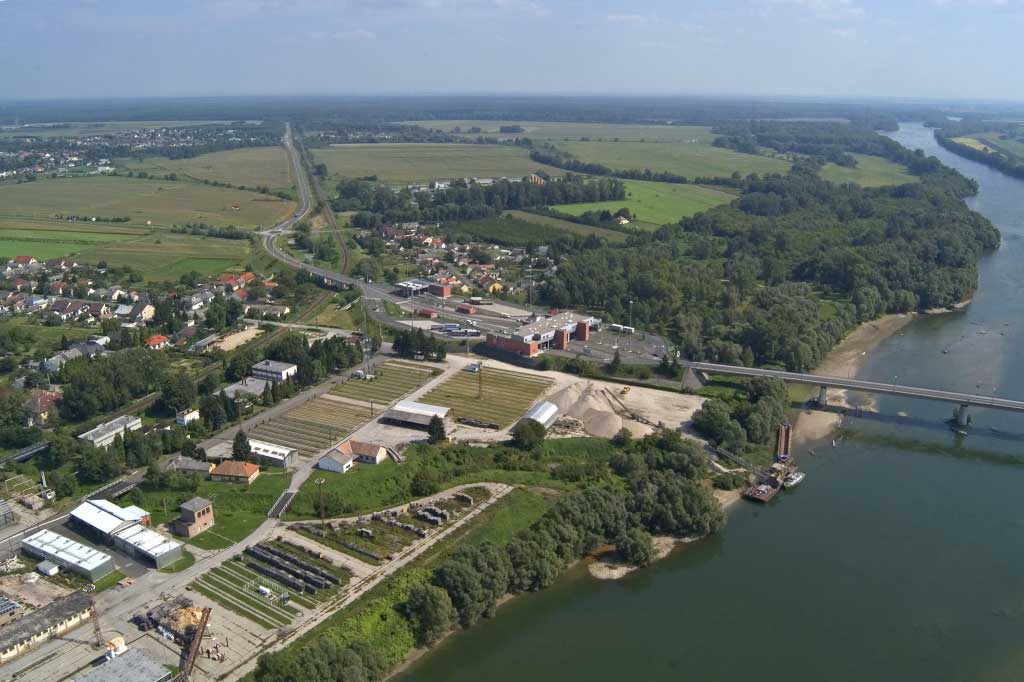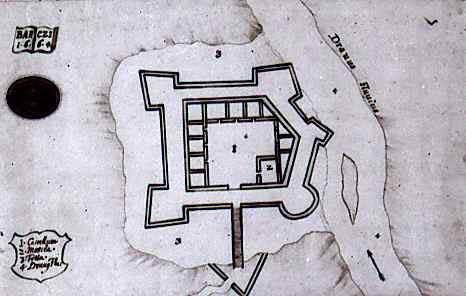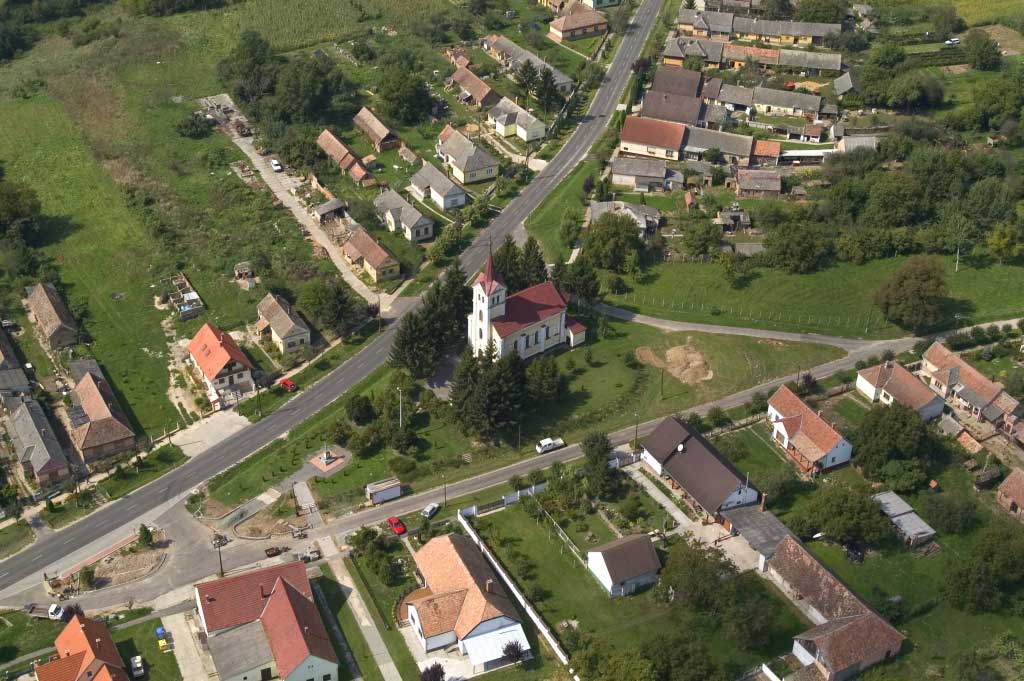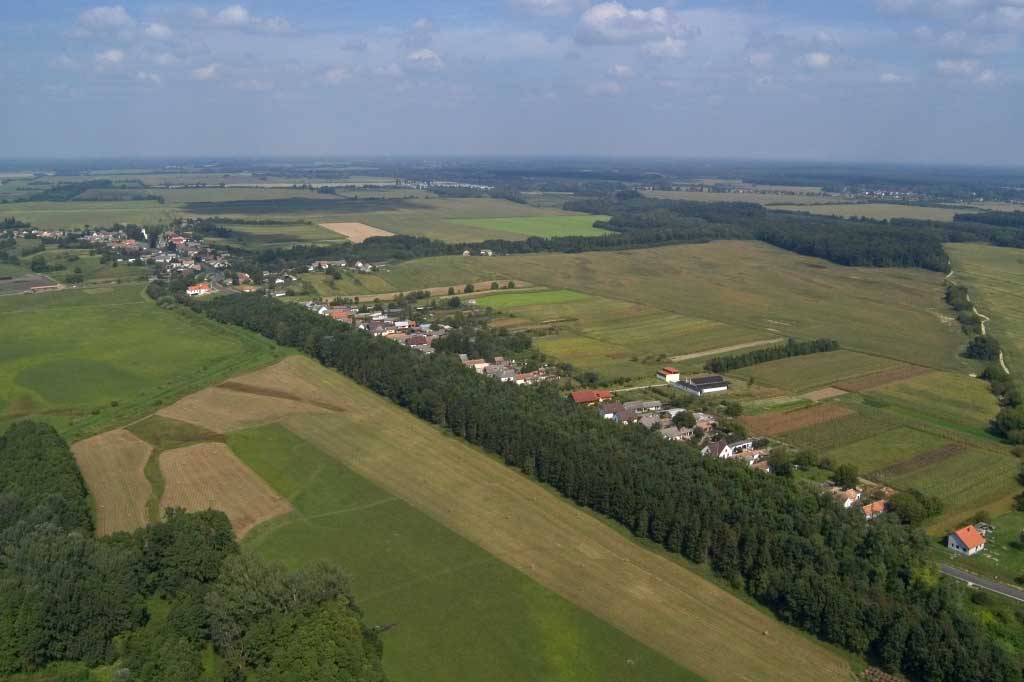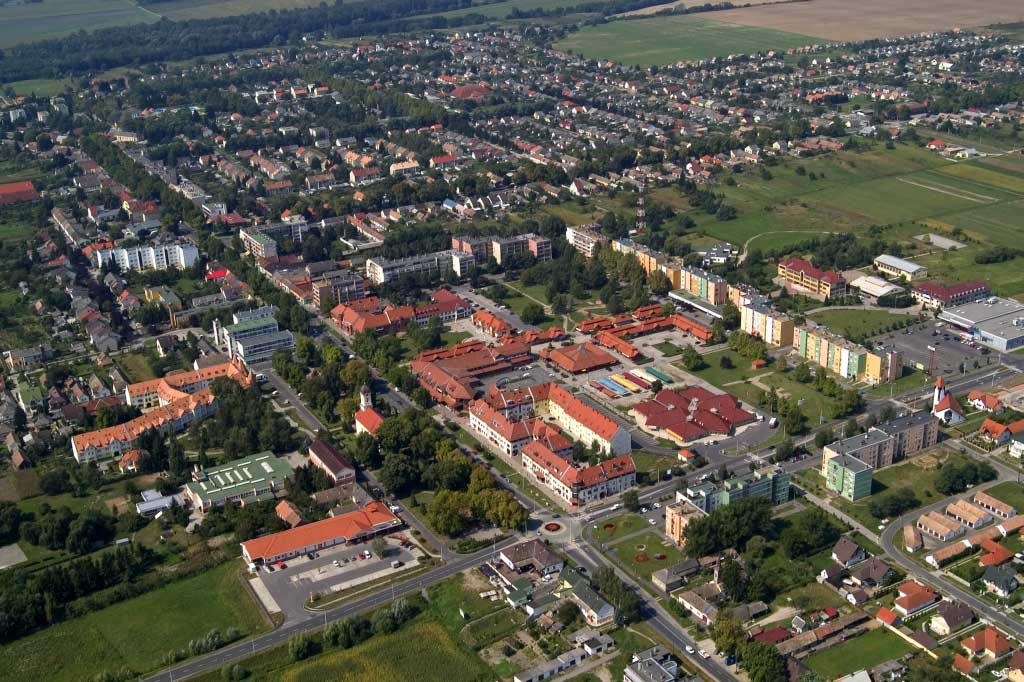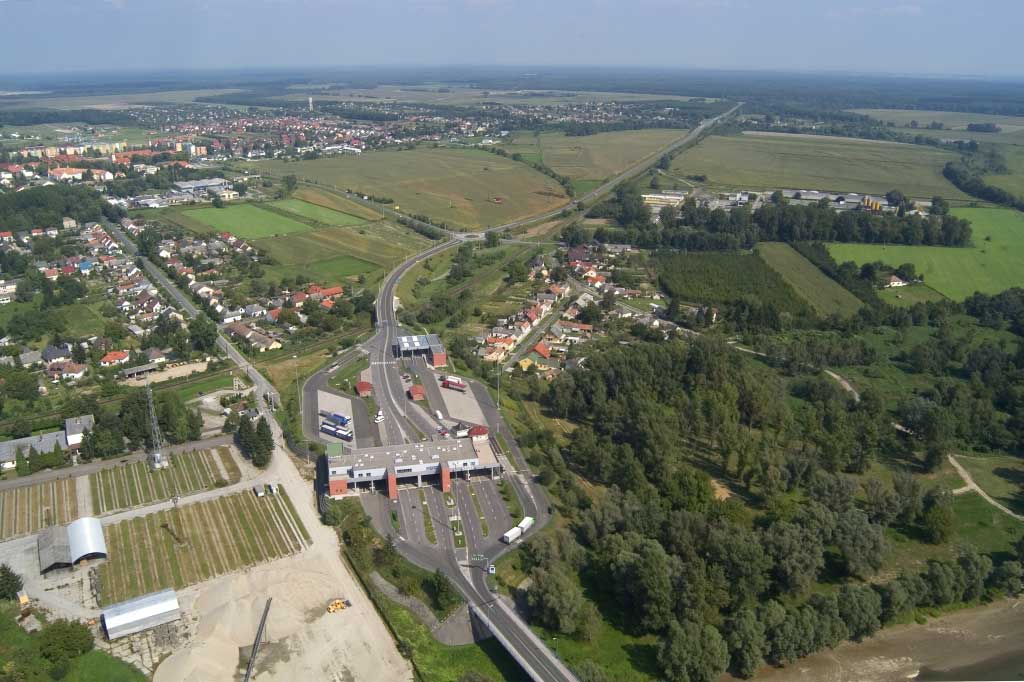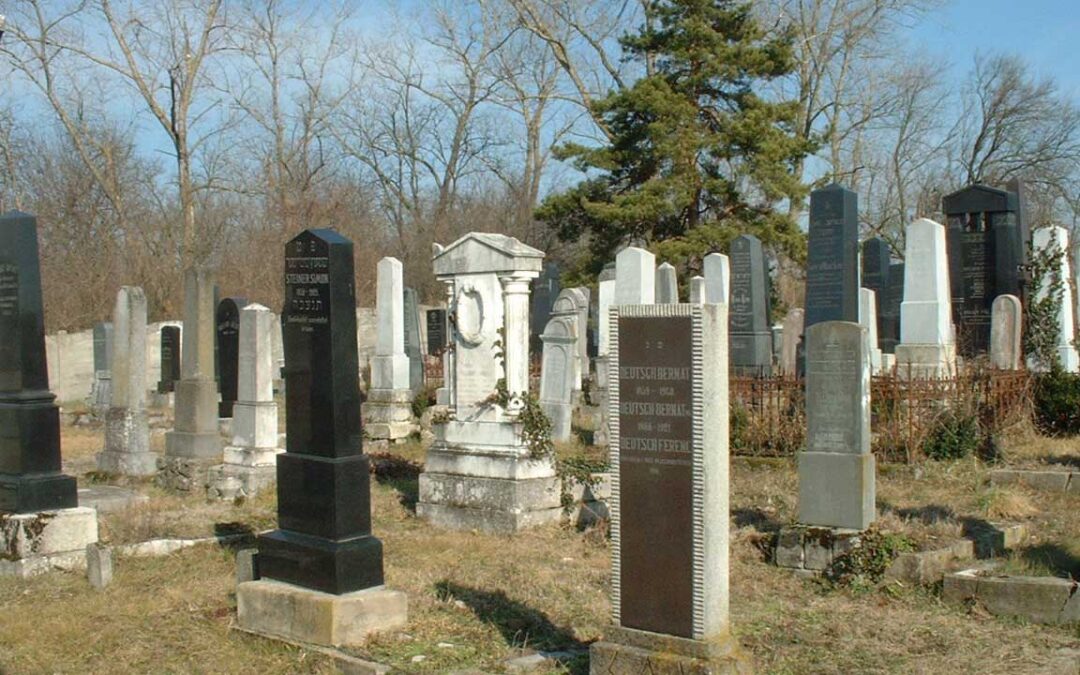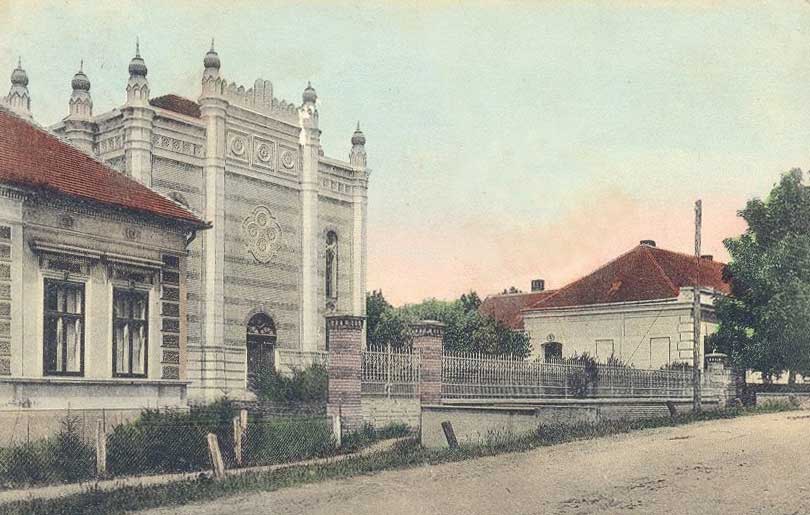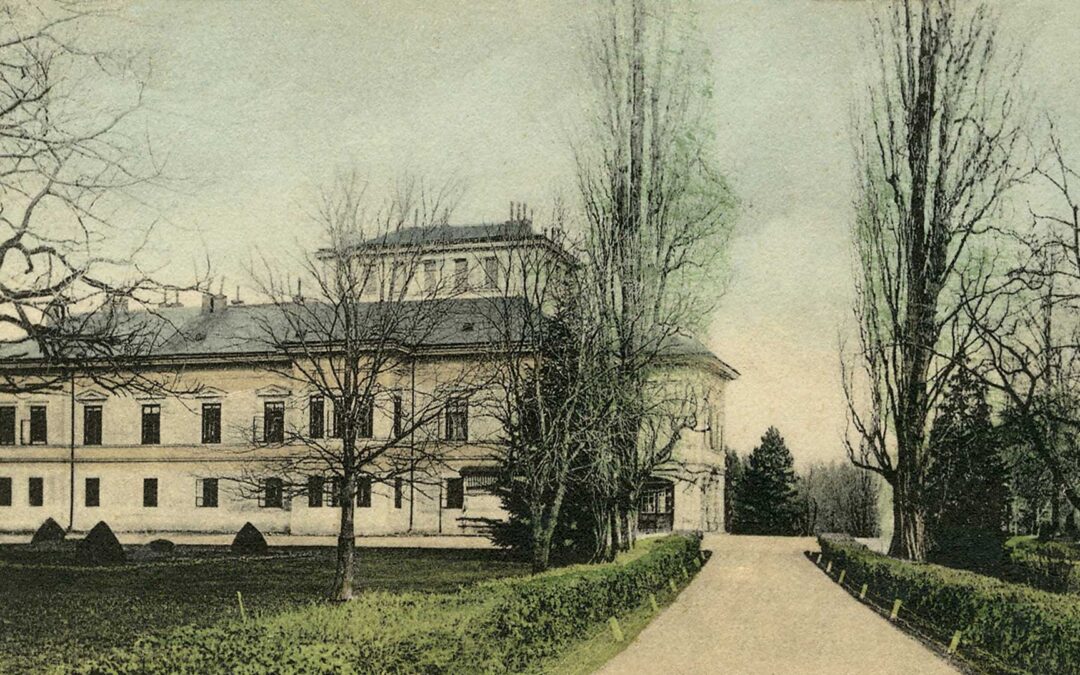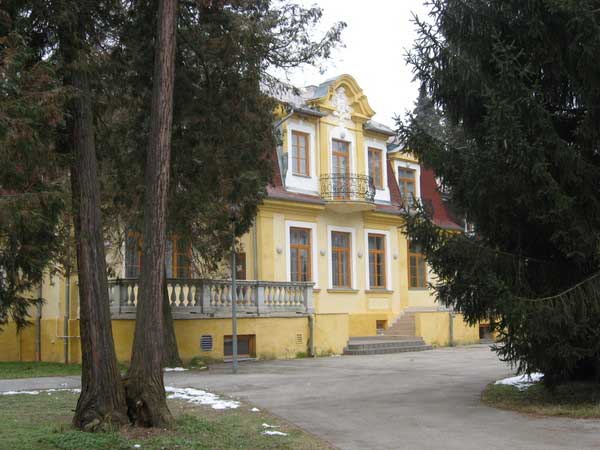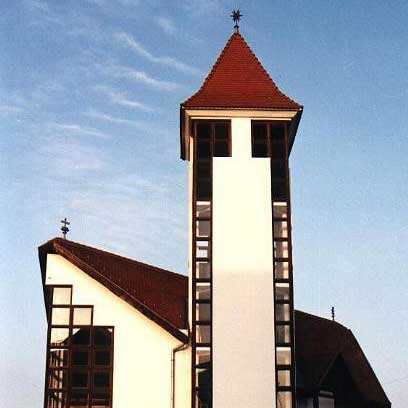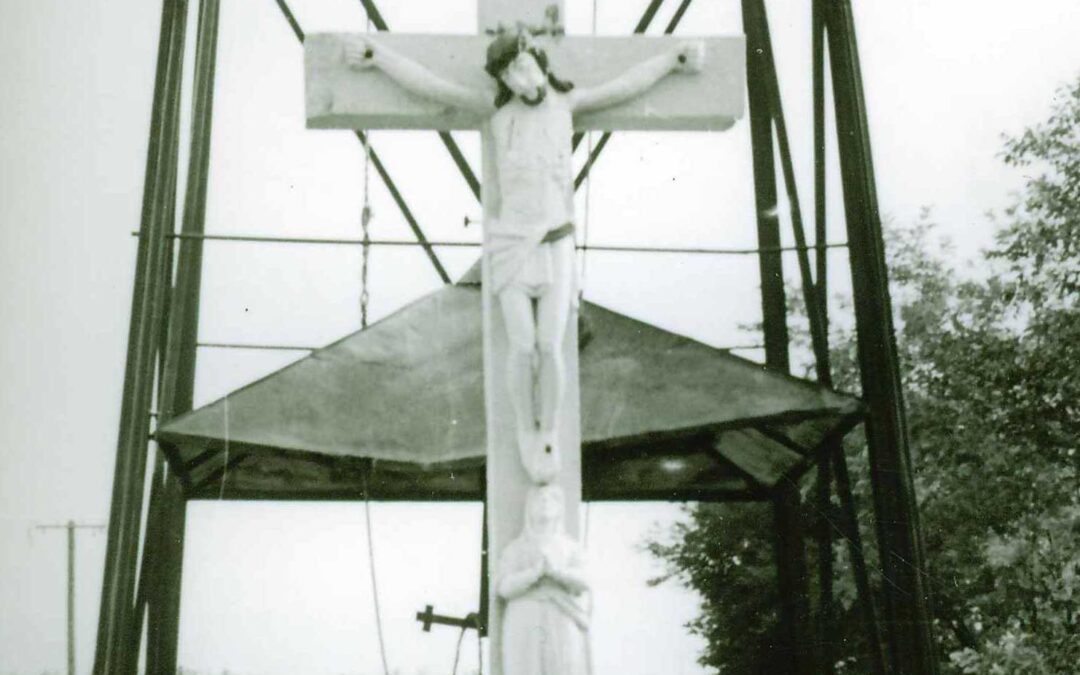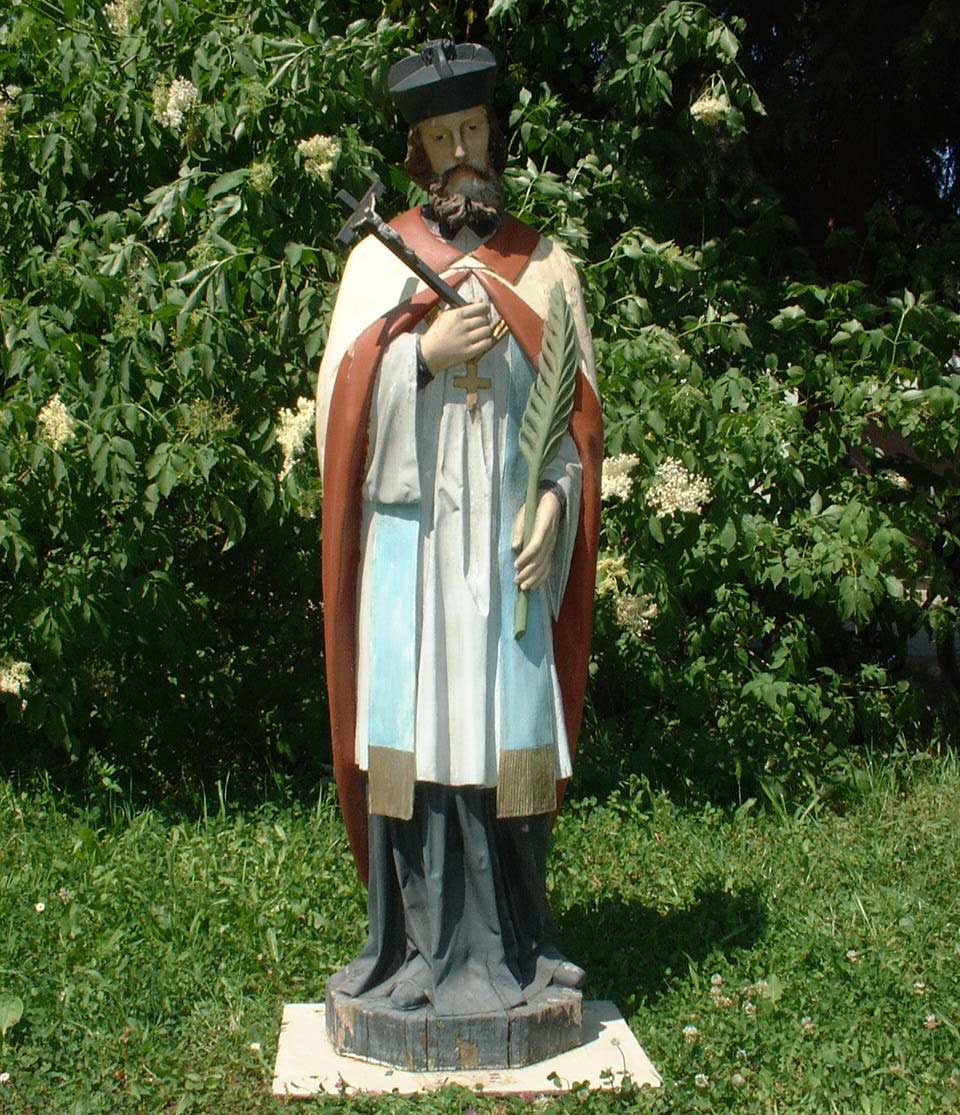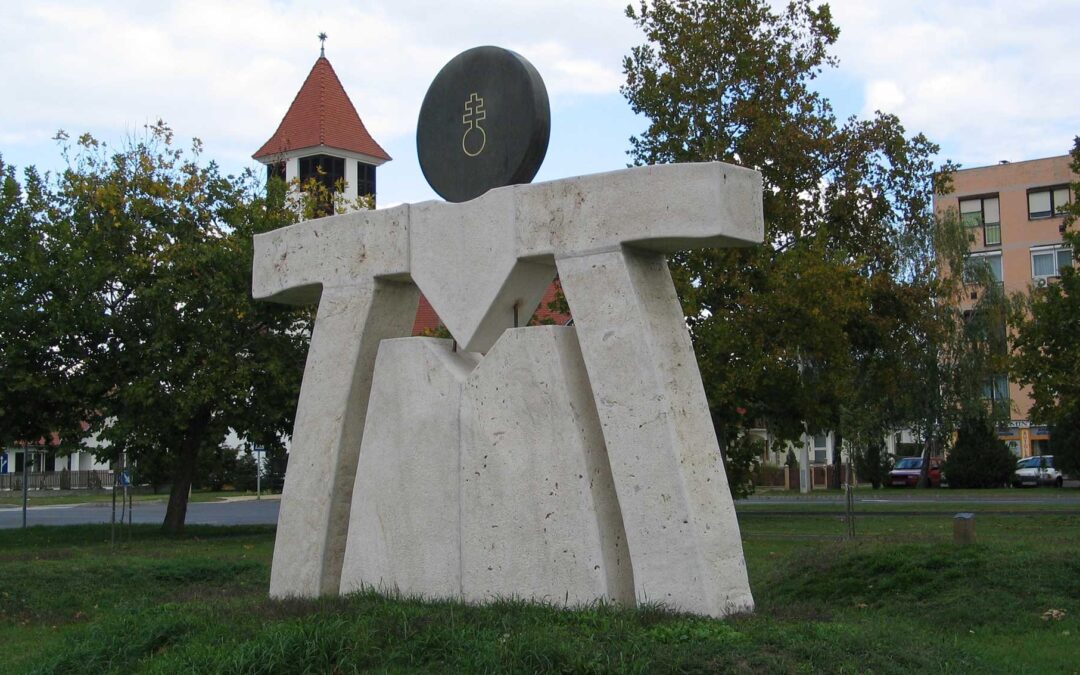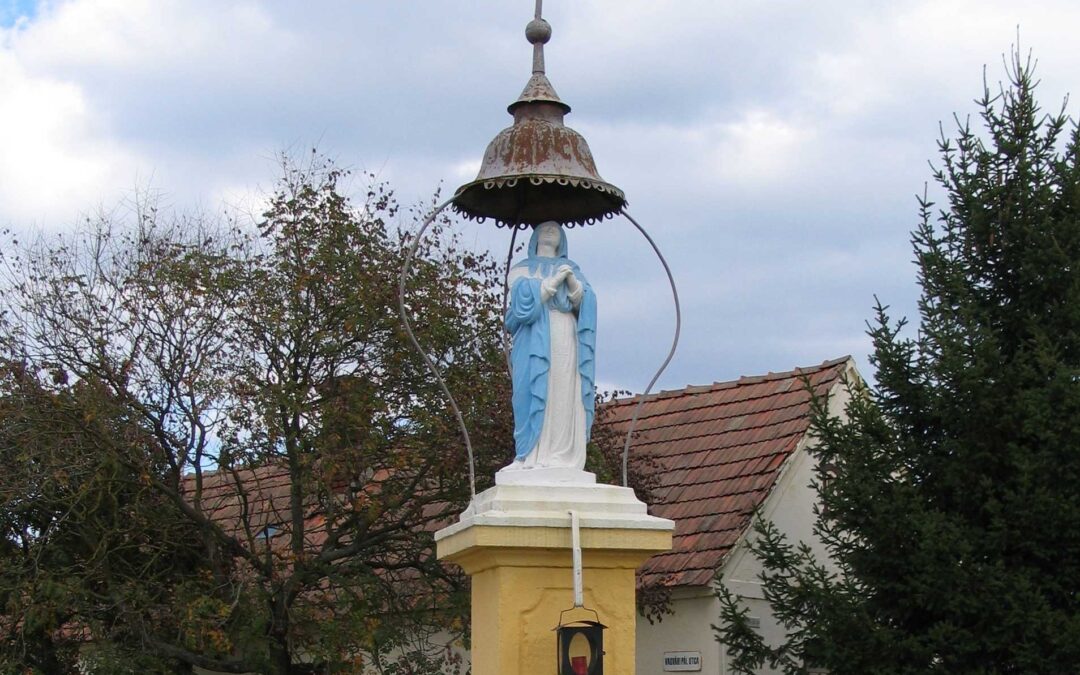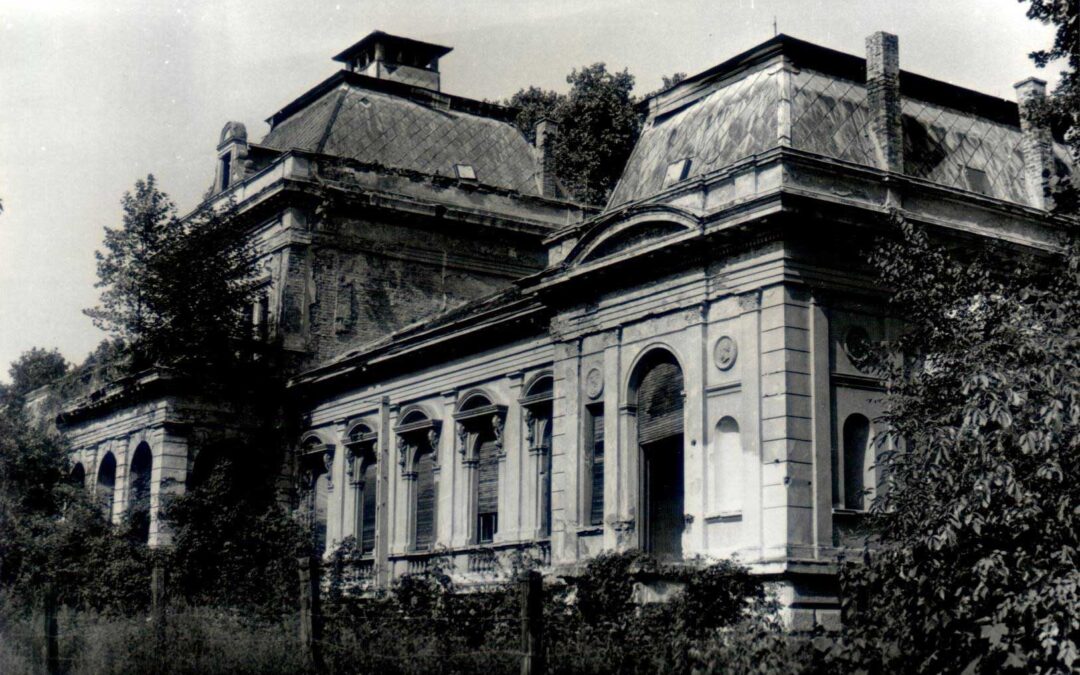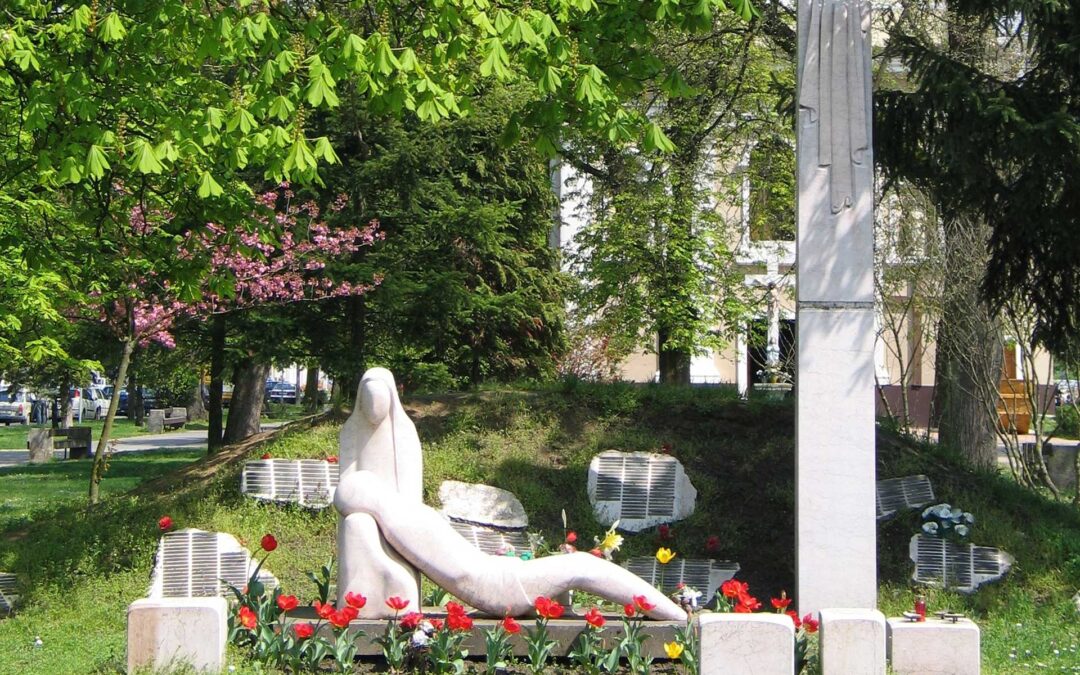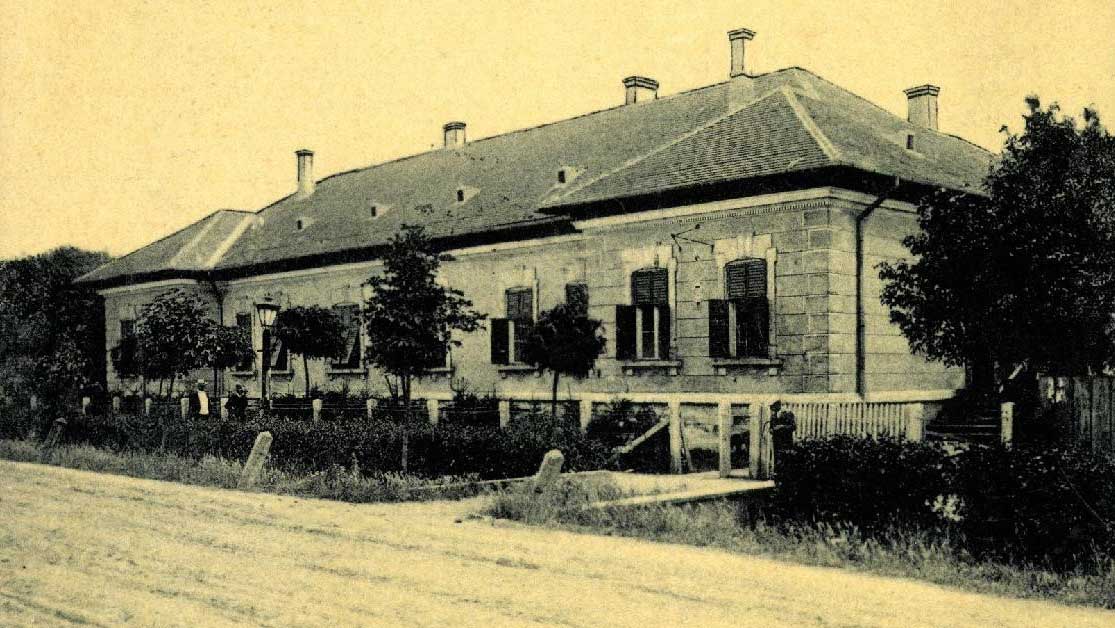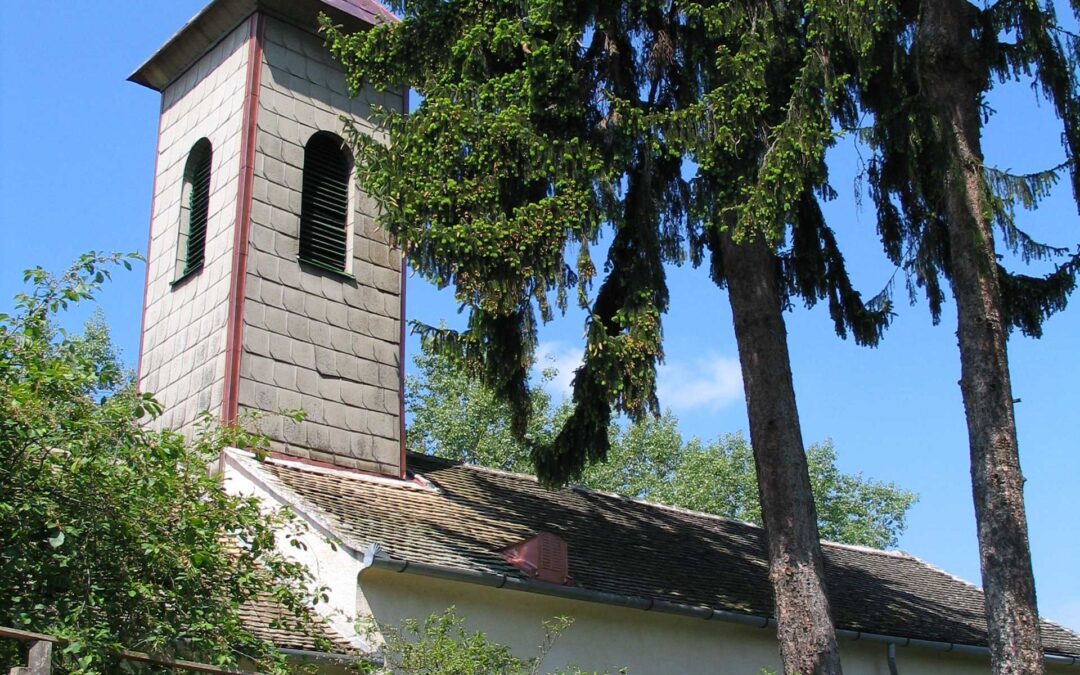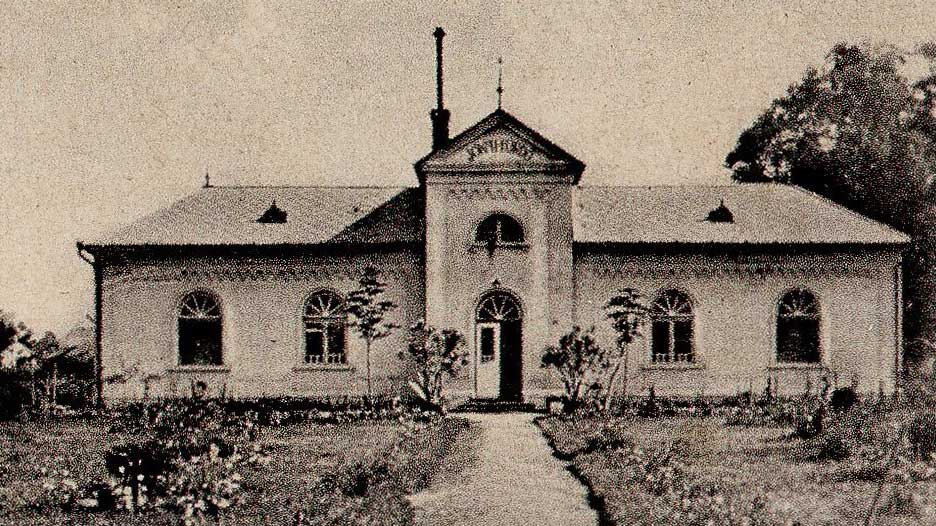City of Barcs
Barcs: Introduction and History
Bearing town rank since 1979 and located within the area of Duna-Drava National Park, Barcs is the southern gate to Somogy County and the capital of the Drava river. It is a dynamically developing small town on the Hungarian-Croatian state border, covering an area of 123 km2 and serving as the natural centre for the Barcs microregion, with a population in excess of 10,000. Its development has been determined by the river Drava, as well as by its border location and connection to the international routes.
Its commercial character formed in the last century, and iIts current development is determined by the increasing rate of domestic and foreign tourism, a result of outstanding natural values on the one hand and the proximity of the state border on the other.
History of BARCS
As concluded from archaeological discoveries, the presence of humans in the area of Barcs dates back to the 5th millennium B.C. Founds from the Copper, Bronze and Iron Ages have been revealed here.
In 1664, as the troops lead by Miklós Zrínyi were approaching, the Turks left the castle, allowing Zrínyi to burn it down. In 1677 King Leopold I passed it over it as a donation to György Széchenyi the Archbishop of Kalocsa and governor of the Győr Episcopate, then in 1715-1733 Count Széchenyi’s family became the land owners. As late as in the early 20th century, the largest estates still belonged to Imre Széchenyi’s inheritors.
In 1848 when the troops of Jellasich Croatian Ban invaded Hungary, a group of border guards launched canon fire on the area. The Croats stationed here for a few weeks, until finally, as the defence army approached, they ran across the Drava.
After the 1870s Barcs started to develop rapidly, this momentum only to be halted by the Trianon Treaty. After World War I it was light industry processing mostly agricultural products that started to grow.
After the 1870s Barcs started to develop rapidly, this momentum only to be halted by the Trianon Treaty. After World War I it was light industry processing mostly agricultural products that started to grow: in addition to brick factories, there were new tanneries, timber and flax processing plants, pig farms and slaughter-houses, dairy product and cheese factories and distilleries built in the settlement. It was in this period that the beginnings of the electricity network were laid down. In 1928 the village of Drávapálfalva was merged into Barcs, this also contributing to the boom.
The village came under Serbian occupation in 1918, because the new South Slavic state claimed it. Although the area was declared in Trianon as belonging to Hungary, the South Slavic forces did not evacuate it for 33 months, and for a few months it became part of the puppet-state called Baranya-Baja Serbo-Hungarian Republic.
When lands were redistributed after World War II, new hopes emerged in the people of Barcs, but the Soviet occupation and the associated new economic system soon shattered these expectations. The structure of industry also transformed: this is when building material producing, milling, timber industry and chemical industry started to strengthen.

